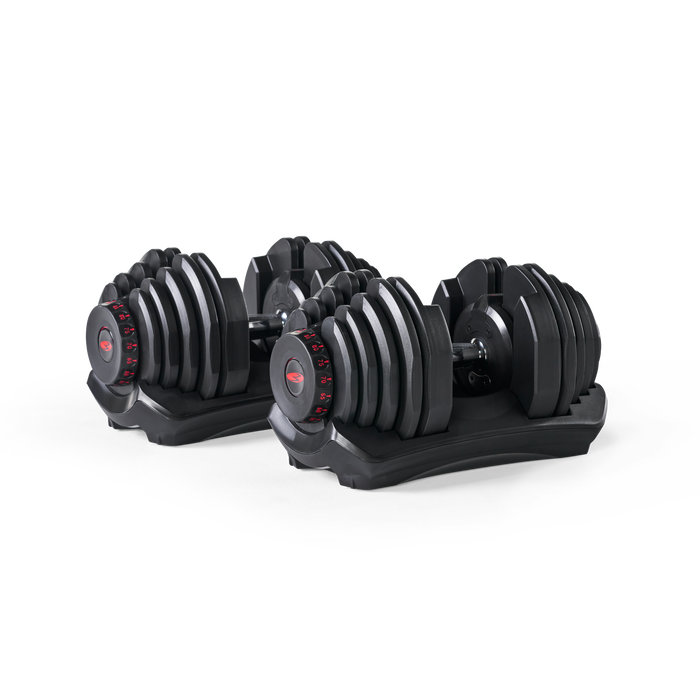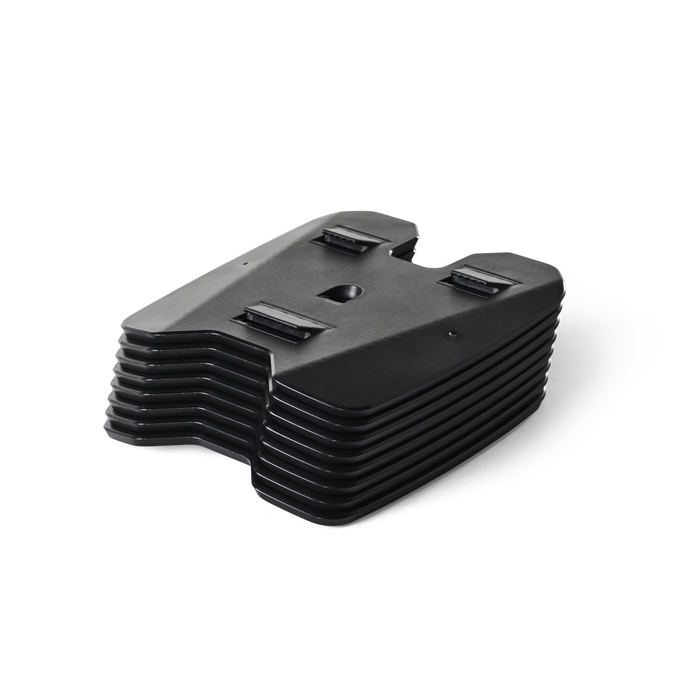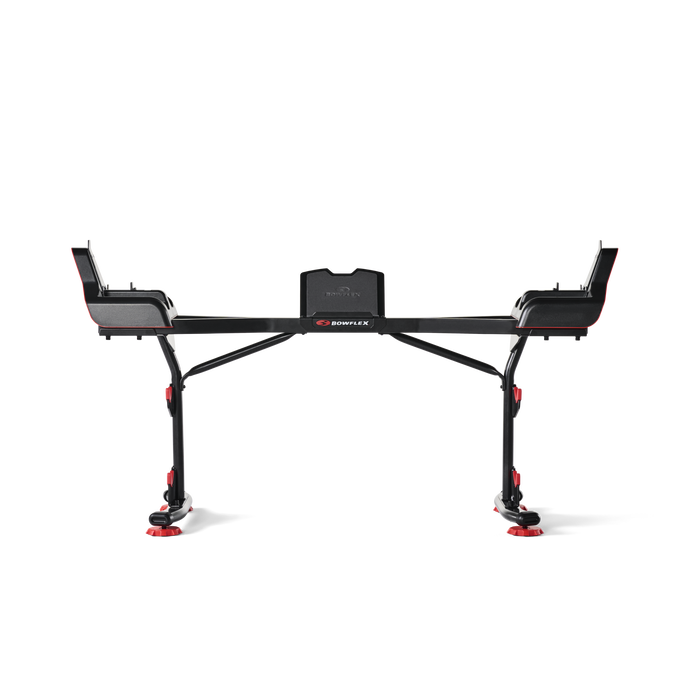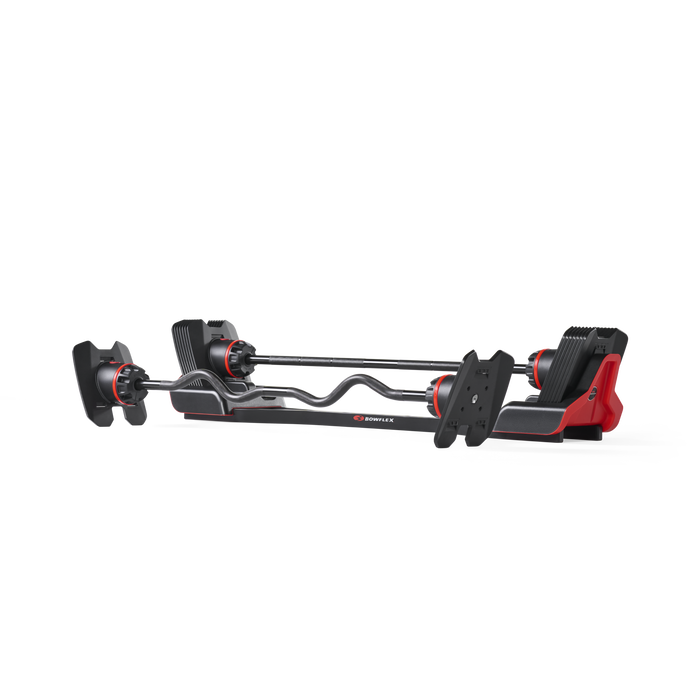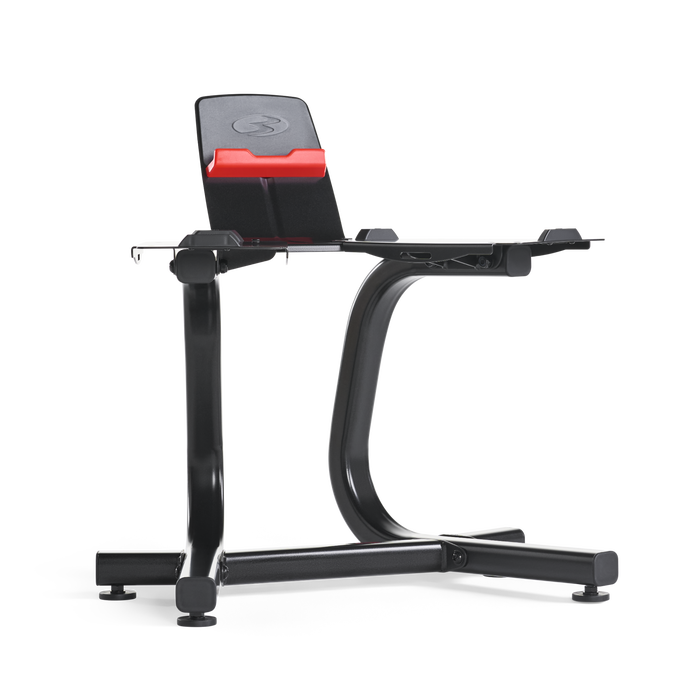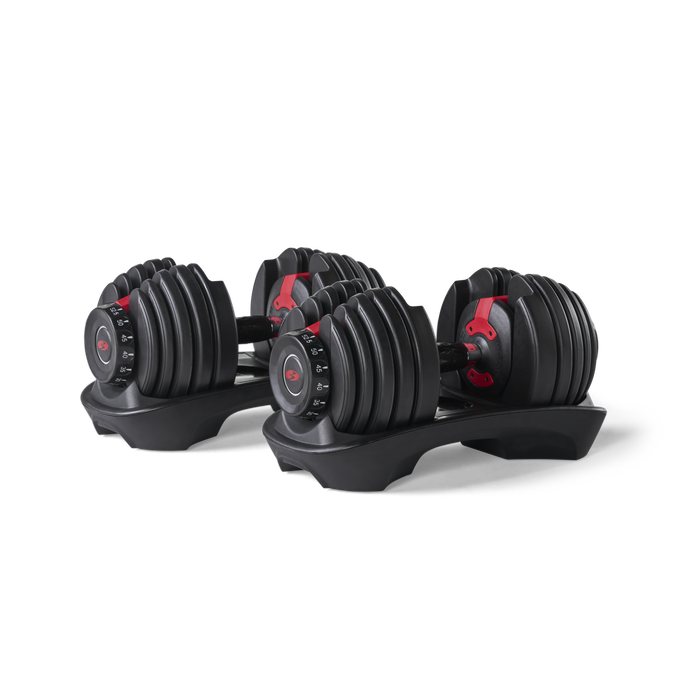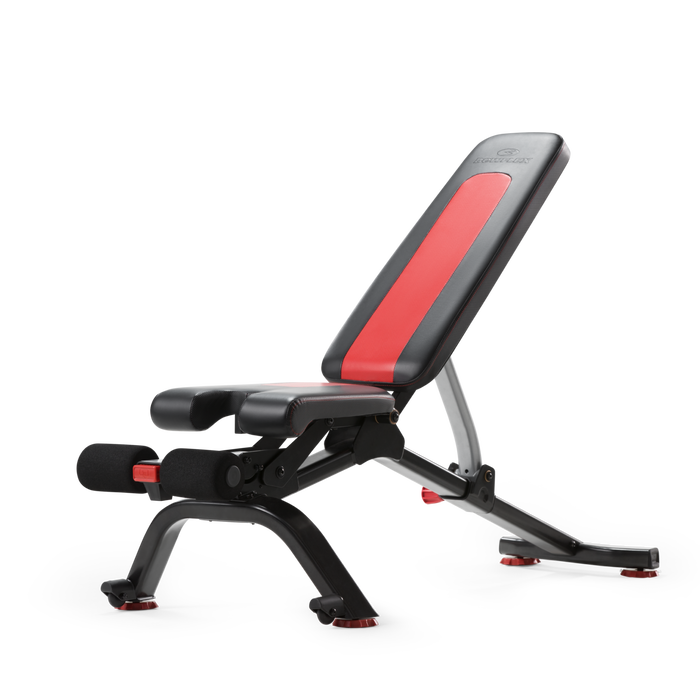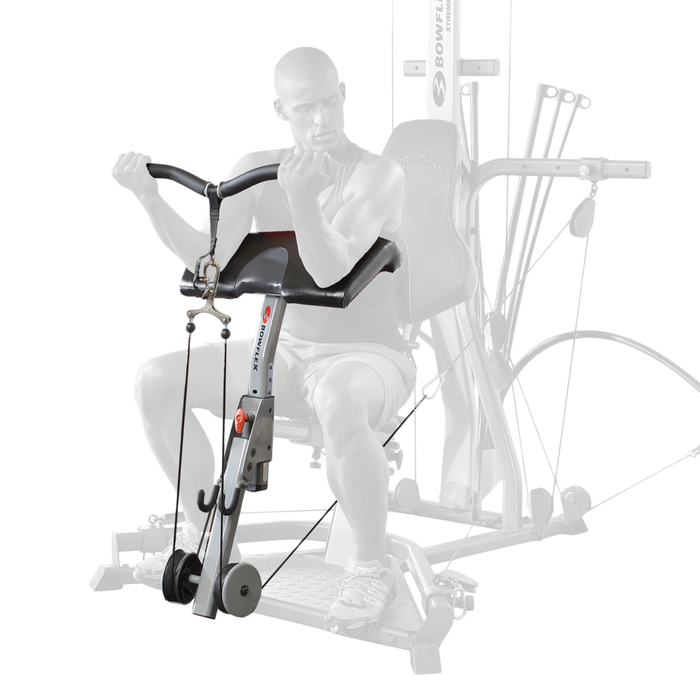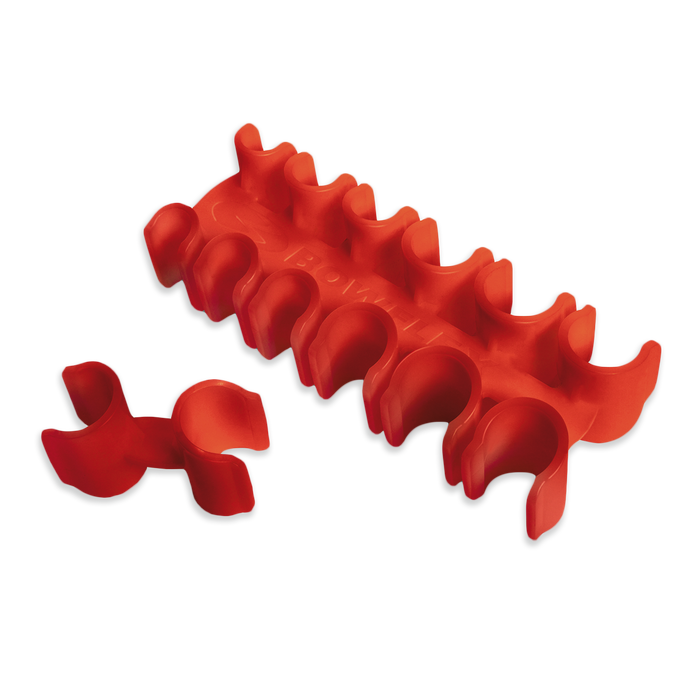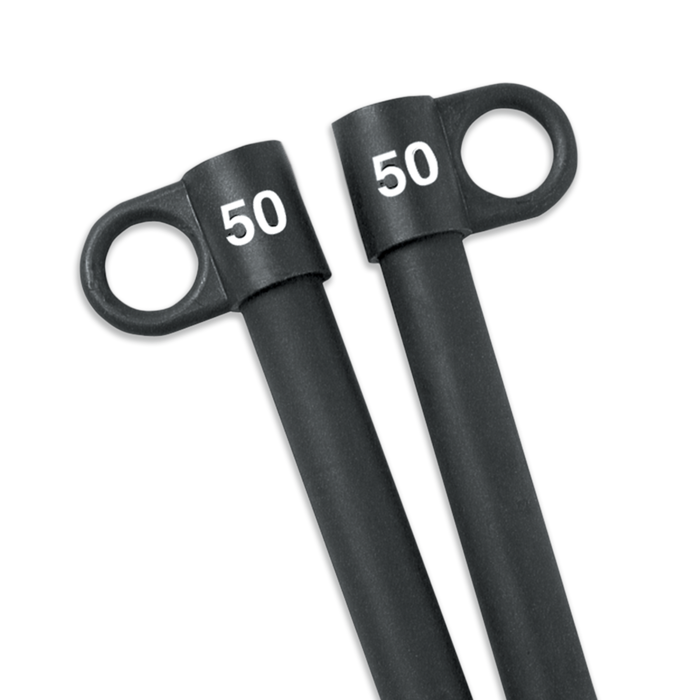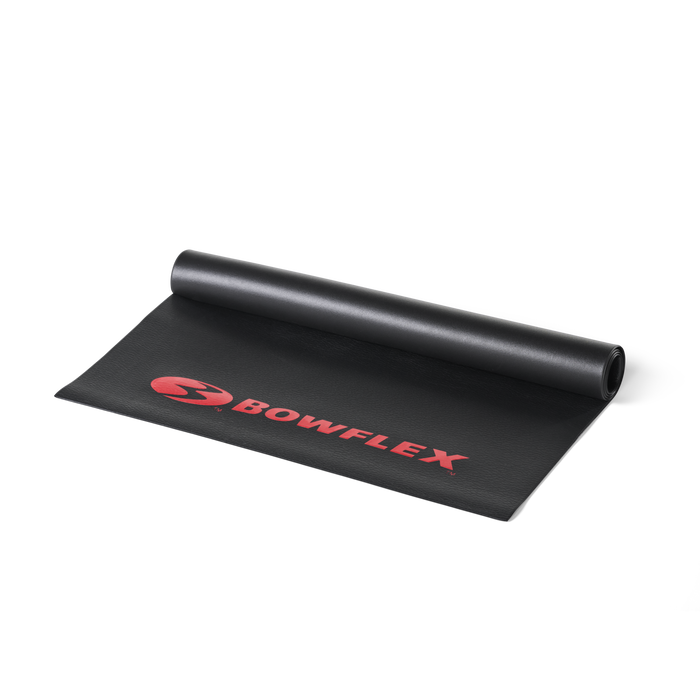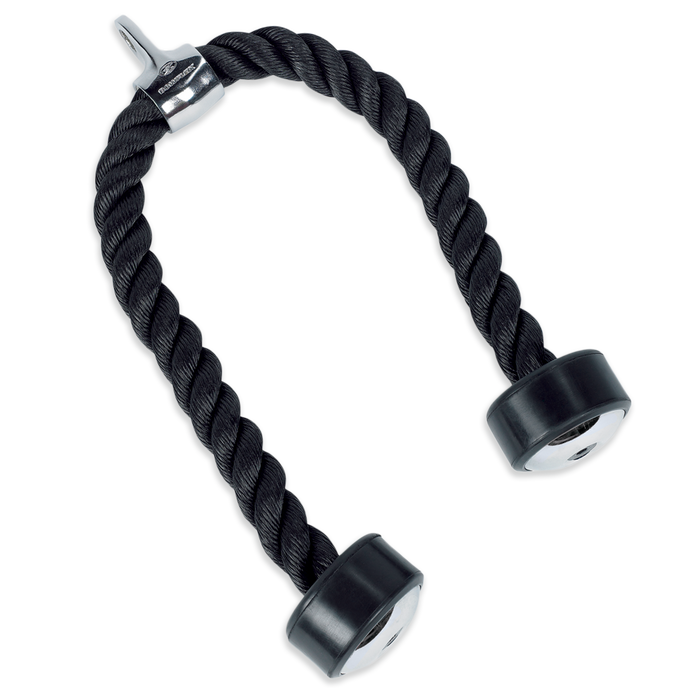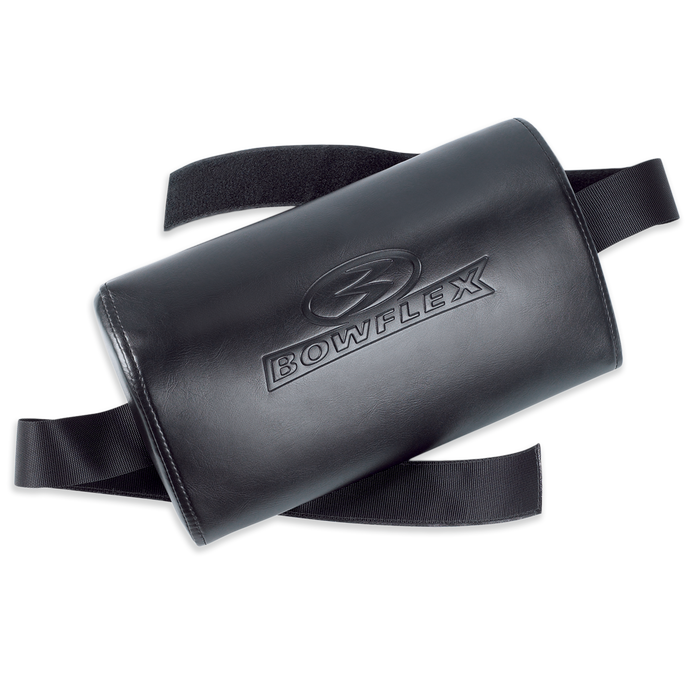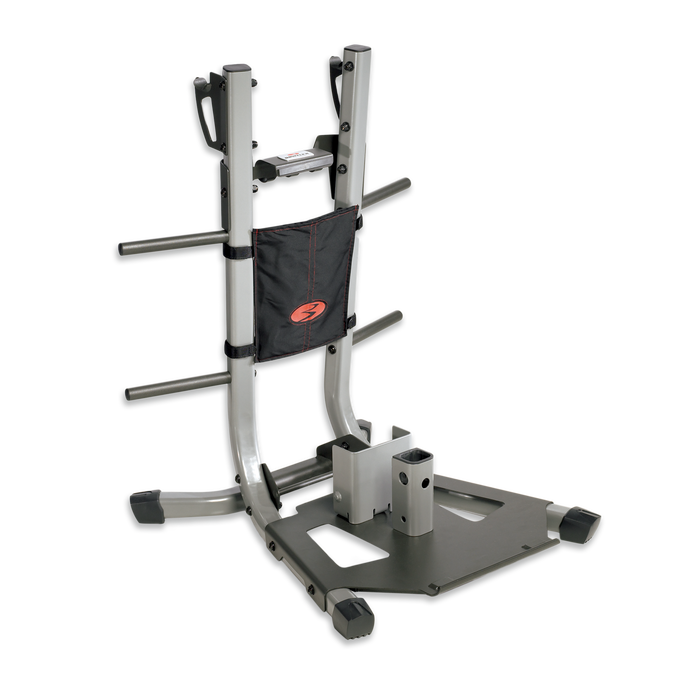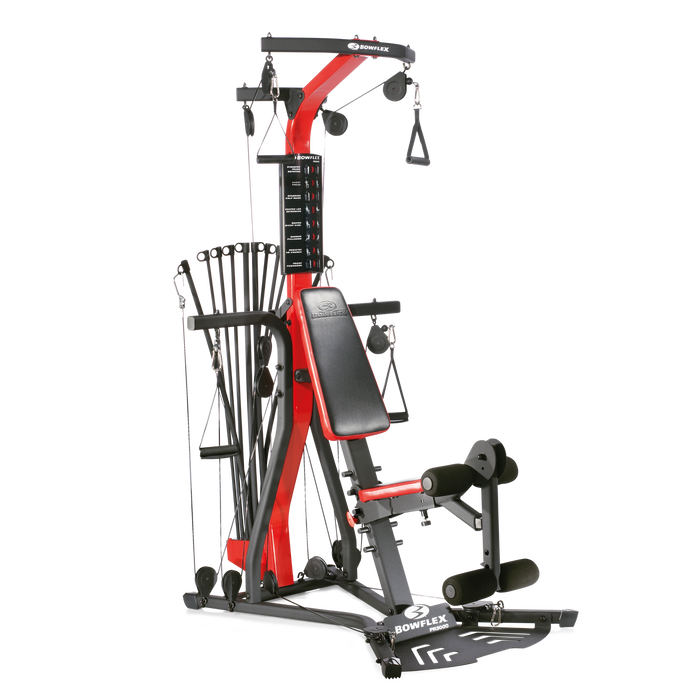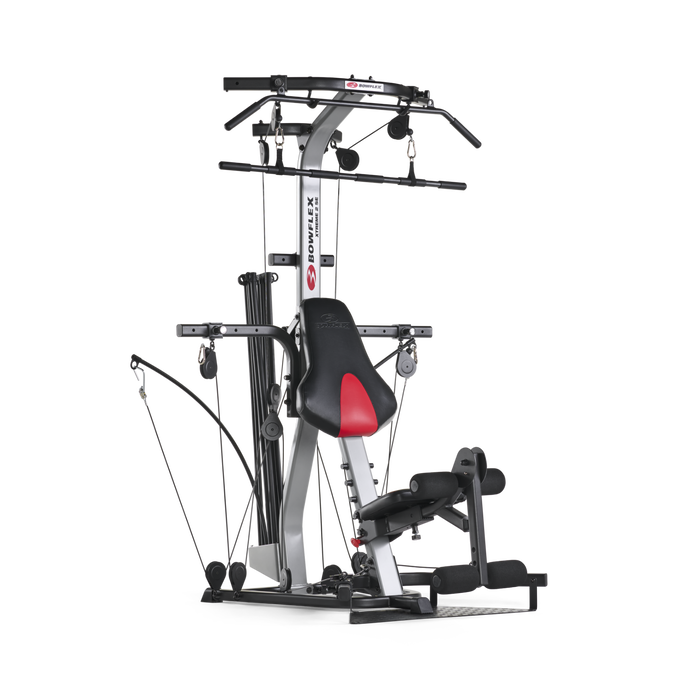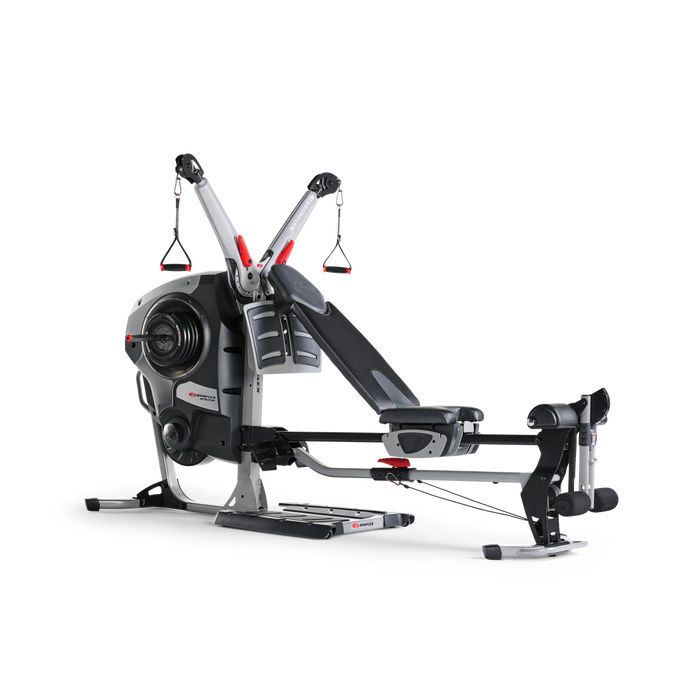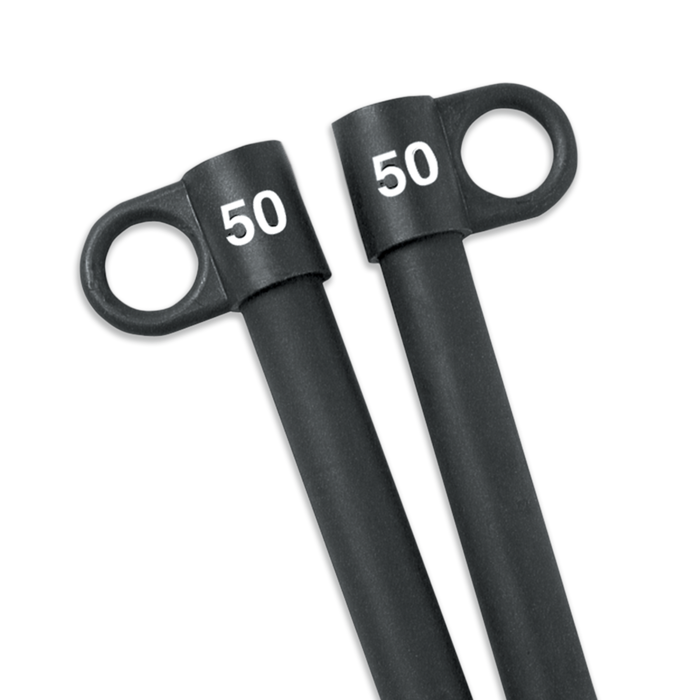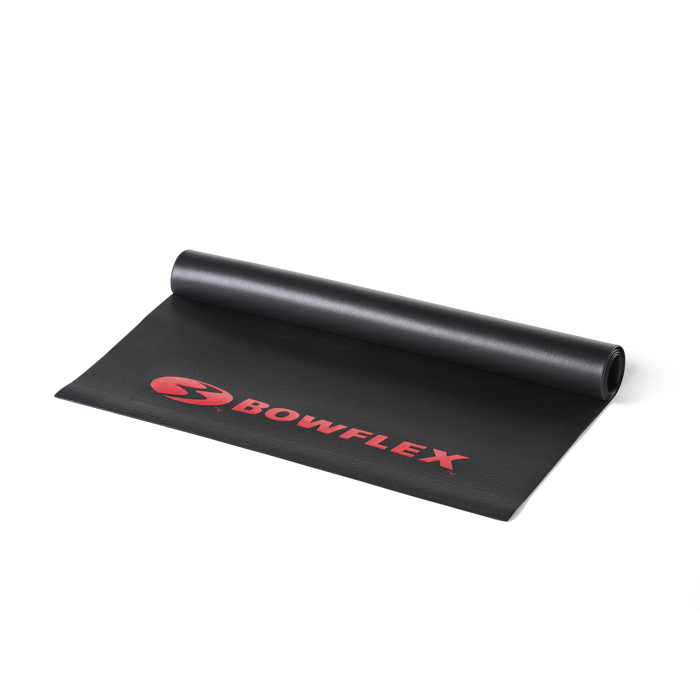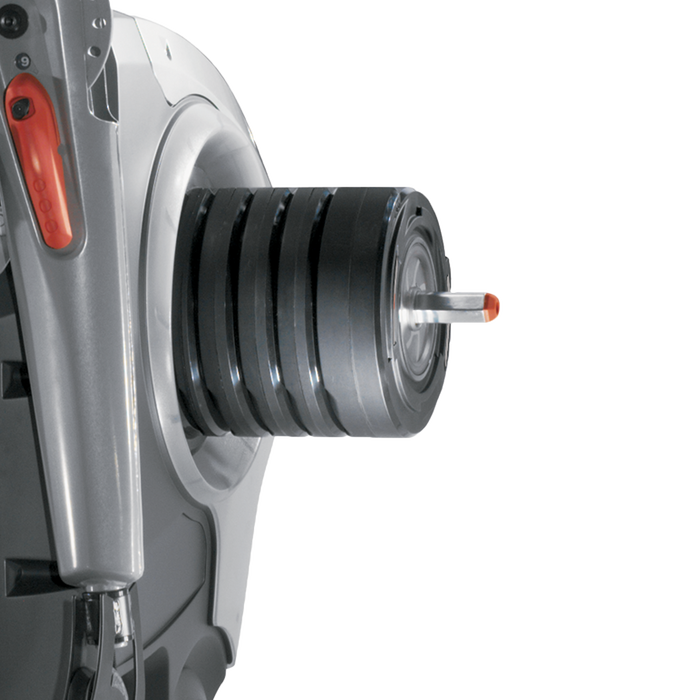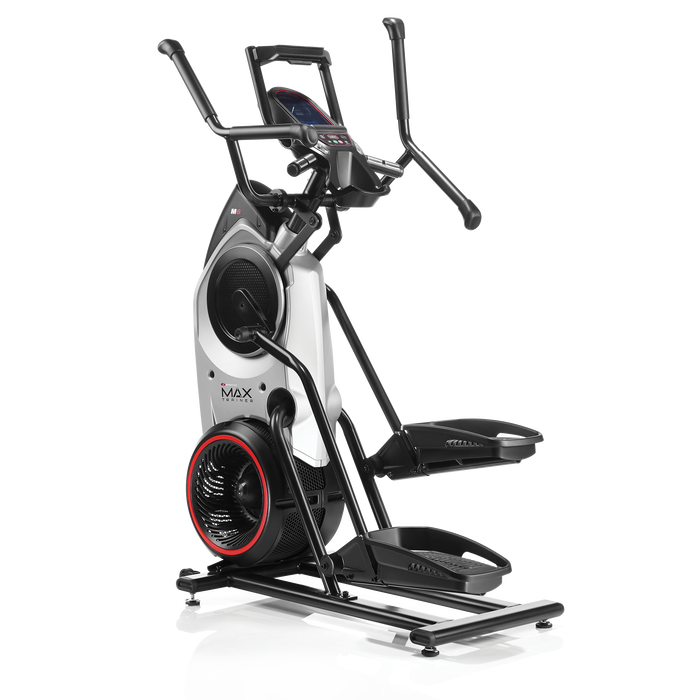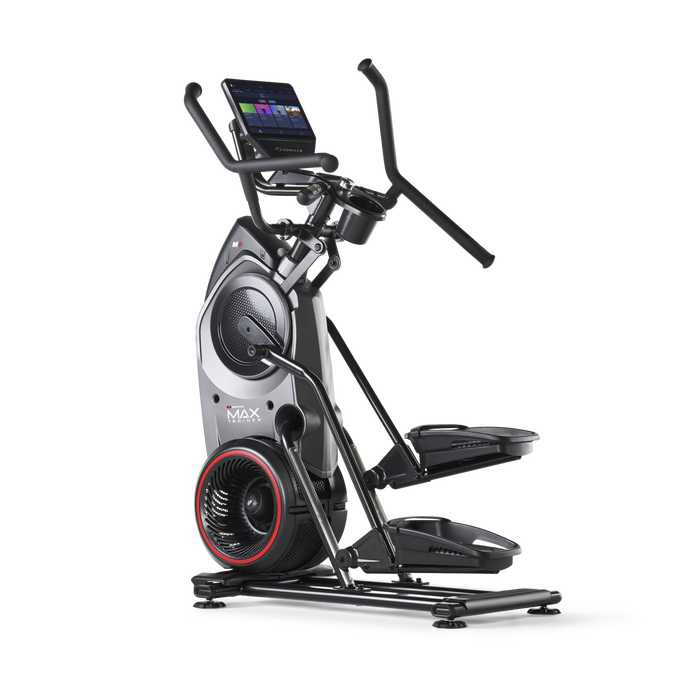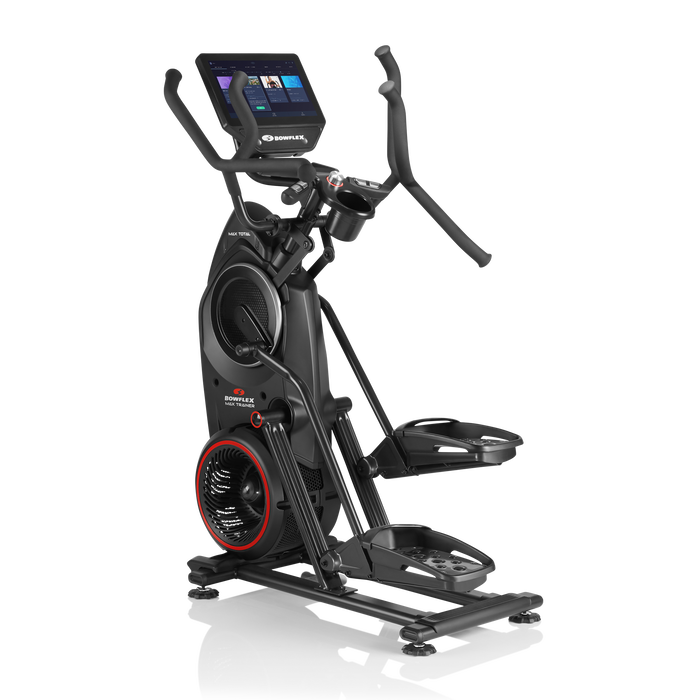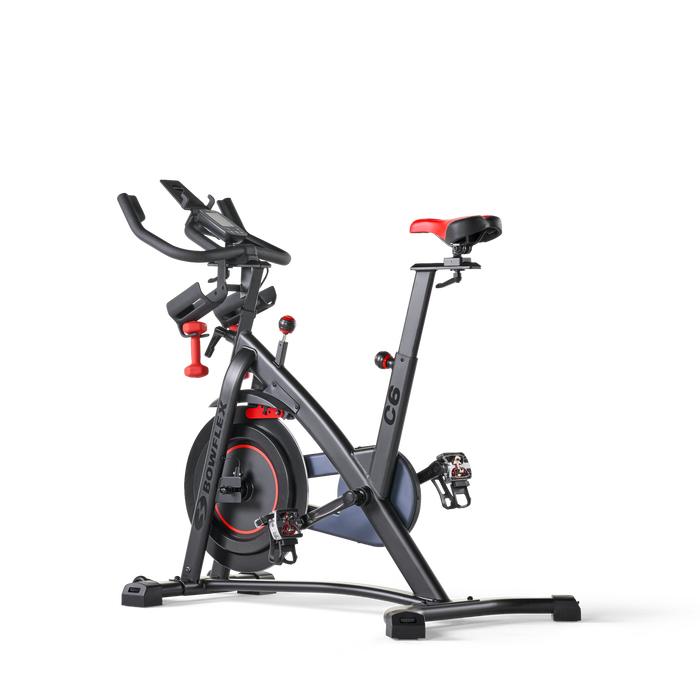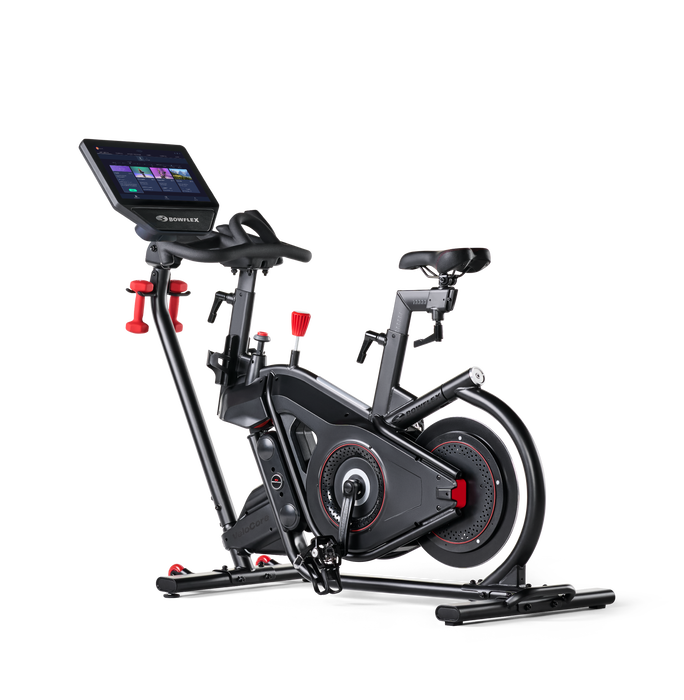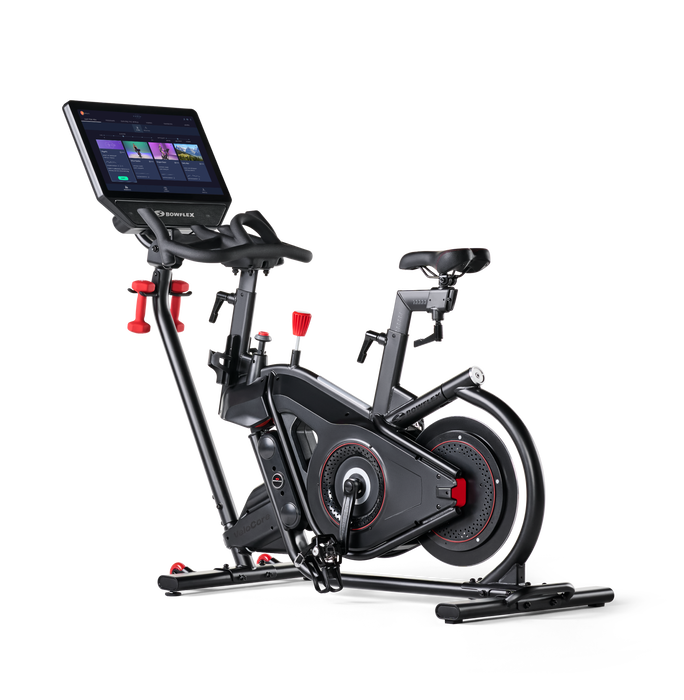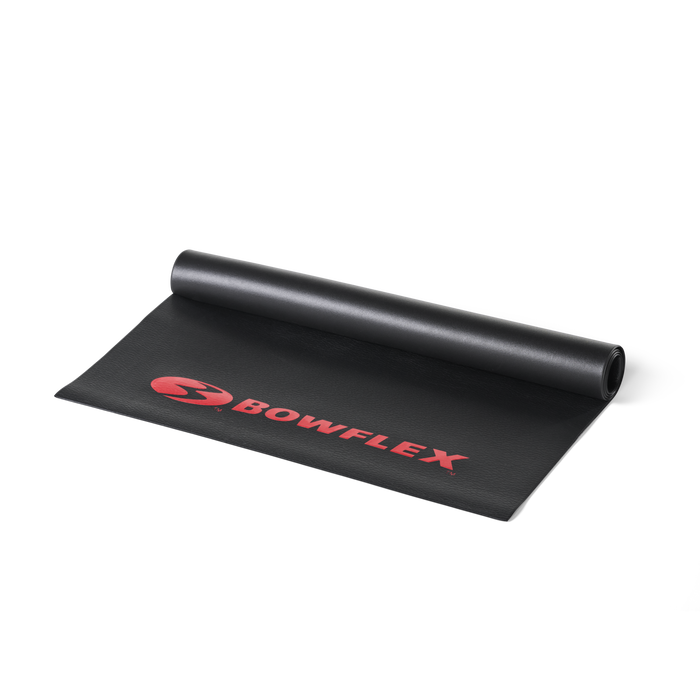Jumpstart Your Workouts With Plyometrics

Have you ever heard the song "Jump Around" by House of Pain? Raise your hand. Be honest.
Some might consider it a guilty pleasure. It's on your iPod. You play it at parties. Or maybe during a workout.
Jump around. Jump up, jump up and get down.
It gets your head bobbing and your heart going. But, what if you took the lyrics literally? You could. Heck, the songs practically commanding you to do a burpee. Give it a try. Use these tips to add a little jump training to your fitness routine.
Bust a Move
Free weights are excellent for strength training. Likewise, hill sprints are a solid selection for cardiovascular conditioning. Even with strength and cardio covered, your workout plan can still leave a lot to be desired. Eventually your body will stop responding to the same old exercise routine. You'll have to mix up your workouts. That's how you bust through an exercise plateau. That's where plyometrics come in. Use jump training to jumpstart your workouts.
The Fine Print
Plyometrics is a loaded term. It includes a variety of different exercises, most of which are associated with athletics. However, you don't need to be a pro athlete or even an amateur to take on this type of training. Although, it's a good idea to work your way up to plyometrics. Because it involves jumping and landing, it can put a lot of pressure on the joints, knees and back. That doesn't mean it should be avoided altogether. Most exercises can be modified for individuals of all fitness levels. Still, it's best to start small and increase the intensity over time.
Some would say that plyometrics exercises are dynamic, explosive and functional. That's all true. The jumping is intended to improve speed and explosion. Focusing on fast twitch muscle contractions and hip drive helps accomplish these goals.
The high intensity nature of plyometric routines also boosts the calorie burn. For instance, exercisers incorporating jump training into their workouts can burn as many as 500 calories in one hour. That's great news for individuals trying to shed unwanted weight. Better still, many of these exercises help improve total body strength and body composition.
Plan Your Plyo Routine
Plyometric training can be used as a stand-alone form of training or incorporated into your regular exercise routine. When starting out it's important to perfect the form of more basic moves, like the jump squat, before moving on to more advanced exercises like the box jump. Performing three sets of 12 repetitions for each exercise will help you build a base. As you practice your plyos, remember to stay light on your feet. Land softly. Avoid crashing to the ground after each repetition. In time, the basic moves will become more manageable. You'll have to step your game up. That's when you can begin to up the intensity of your workouts by jumping higher, resting less between sets and performing more challenging exercises.
Plyometric Fat Loss Workout
Jump into plyometric training with these three exercises. Perform three sets of 12 reps each.
Jump Squat: With your feet shoulder-width apart, sit down into the bottom of a squat. Explode out of that position and jump as high as possible. Land, and quickly repeat the same movement.
Tuck Jump: Again, we begin in squat position. Except this time around, when you explode out of the squat jump into the air and pull your knees to your chest.
Broad Jump: We're not jumping for height anymore. Now we're jumping for distance. Think about trying to jump as far as possible from a standing position. Standing tall, load your arms by pulling them back towards your hips. Next, explode out of the squatted position, driving your hands and hips forward. Jump forward. Land. Reset. Reset and repeat the movement.

